History of the Holiday Cookie!
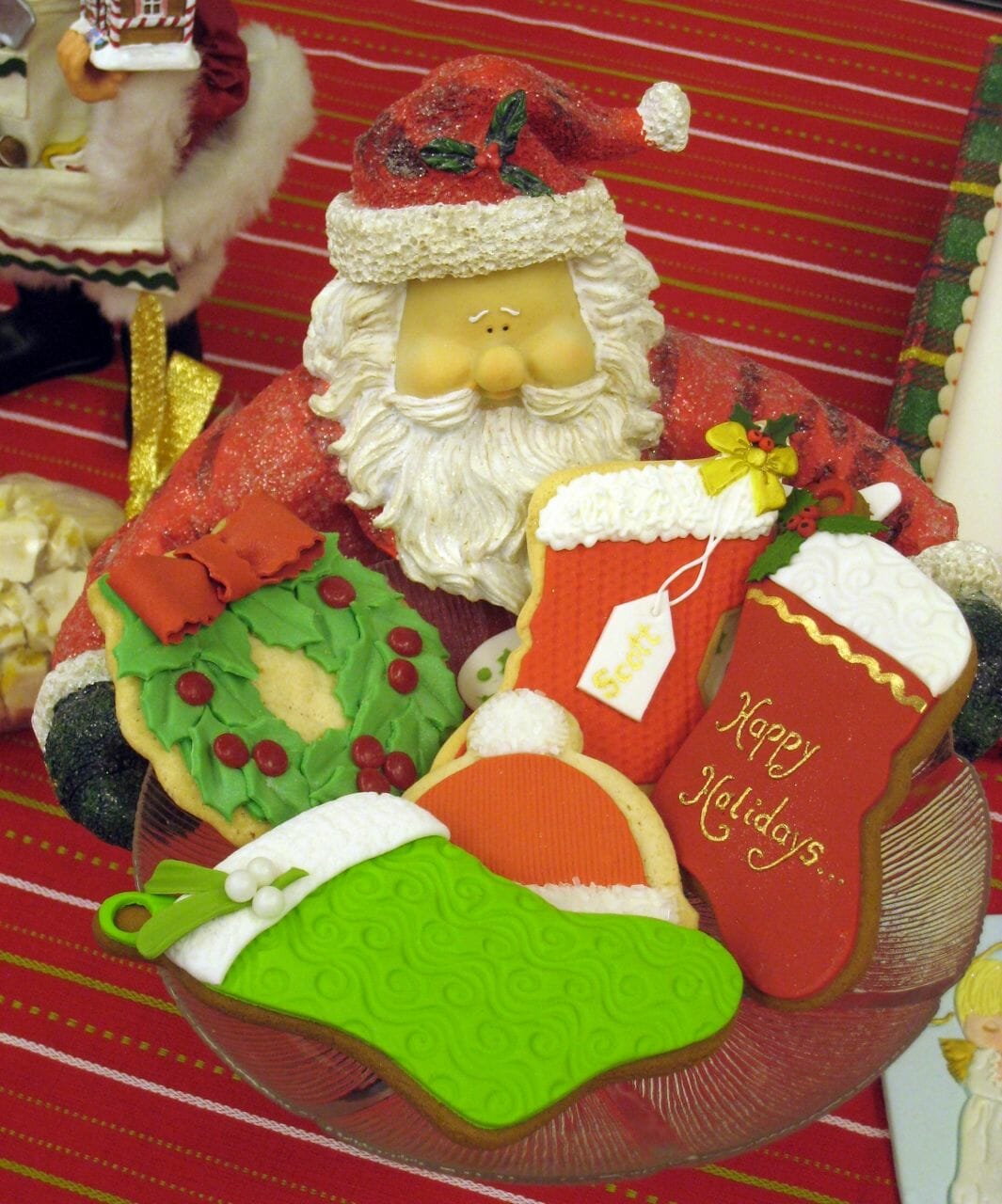
It’s Cookie Time!
Have you ever enjoyed a sweet, spicy, and crispy gingerbread cookie? Do you love rolling, cutting, and decorating scores of sugar cookies during the holidays? Have you ever wondered why cookies are such a big part of the winter holiday food tradition? Well my friends, in honor of the International Sugar Art Collection’s Grand Holiday Open House this weekend, I thought I would research everyone’s favorite holiday treat.
Holiday cookies became popular in Europe in the 1500s. Spices like cinnamon, nutmeg, black pepper, and ginger became available as well as dried fruits. On important holidays and other special occasions, families would splurge on these ingredients as well as sugar, butter (or lard) to create a special and shareable treat. Think about it, cinnamon, nutmeg, and ginger are spices many still use in their holiday baking.
Gingerbread, perhaps the original holiday cookie, originated during the crusades, and was made with breadcrumbs boiled with honey and heavily spiced. It was pressed into boards carved with elaborate religious designs and dried. Eventually, gingerbread cookies became more secular and by law were only to be made by baking guilds. In the 1500s, these laws were relaxed during holidays so people could bake their own gingerbread cookies at home. This lead to holiday cookies holding very special significance as a once a year treat.
Different countries throughout Europe each developed their own version of holiday cookies of varying flavors and textures. A brief list of holiday cookies from around the world: Bredala (France), Fattigmann (Norway), Krumkake (Norway), Pepparkakor (Sweden), Pfeffernüsse (Scandinavia), Reposteria (Mexico), Sandbakelse (Norway), Springerle (Germany and Austria), Sugar Cookies (brought to Pennsylvania by the Moravians from Germany).
In America, the earliest holiday cookies began showing up in the 1600s with the arrival of the Dutch. The real fun began in the late 1800s when import laws changed and cheap goods from Germany, including COOKIE CUTTERS, became available to American families. No longer where holiday cookies restricted to squares and circles. Now Christmas trees, bells, Santa Clauses, and all many of familiar holiday shapes could turn holiday cookies into something extraoridinary. Cookies were even designed to hang as ornaments on Christmas trees (like the childhood favorite- animal crackers/cookies. The circus train designed animal cracker boxes were originally created to be hung on a tree as decoration!). This immediately made me think back to my days as a girl scout when I made gingerbread men cookie ornaments for my parents Christmas tree.
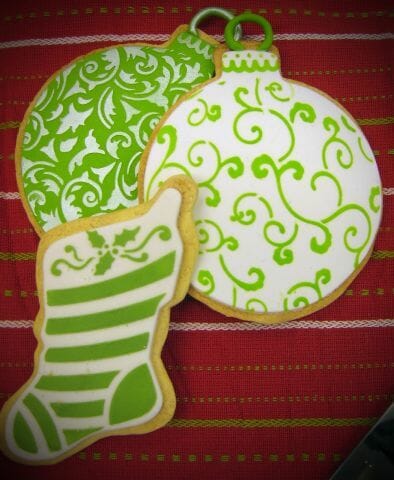
In American Cookery (published in 1796, considered by food historians to be the first American cookbook) there is a recipe called Christmas Cookey that I thought I would share with all of you:
“To three pound[s] of flour, sprinkle a tea cup of fine powdered coriander seed, rub in one pound of butter, and one and a half pound sugar, dissolve one tea spoonful of pearlash [a rising agent] in a tea cup of milk, kneed all together well, roll three quarters of an inch thick, and cut or stamp into shape and slice [as] you please, bake slowly fifteen or twenty minutes; tho’ hard and dry at first, if put in an earthen pot, a dry cellar, or damp room, they will be finer, softer and better when six months old.”
—American Cookery, Amelia Simmons, 2nd edition [Albany:1796] (p. 46)
I love that the cookies are so hard and dry that you need to put them in a damp dark place for 6 months! In the 1963 Betty Crocker Cooky Book there are 43 different Christmas or holiday cookie recipes! Wowza! That is a lot of holiday cookie happiness right there!
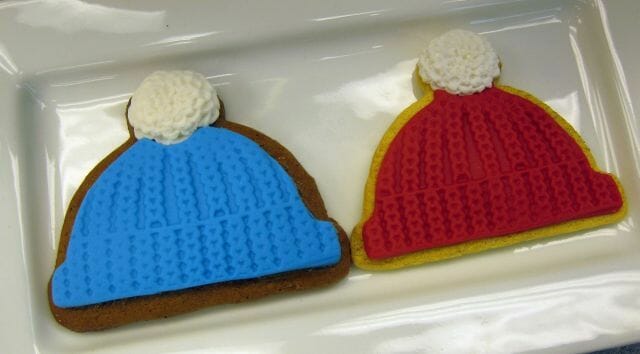
What about my favorite part of baking holiday cookies? The Cookie Exchange! Friends gather together with homemade holiday cookies and exchange them with ones that others have made. It is a very fun theme for a holiday party. I love baking cookies for these events because I LOVE baking holiday cookies and trying new recipes each year. Plus, you get to sample cookies that are baked by your friends. Perhaps you try a traditional holiday cookie from a far off country from a recipe that has been passed down for generations, or you get a sleek and stylish sugar cookie decorated with perfectly applied royal icing! What better way to celebrate the joyfulness of the season (no matter what you celebrate), by baking and sharing sweet treats with friends.

Actually, that reminds me of what I wrote in the second paragraph. Cookies were a special treat, enjoyed only once a year. Families splurged on the expensive ingredients and were able to SHARE them during holidays. Cookies have been bringing people together on the holidays for centuries. I’m proud to keep that tradition going!
Please share your favorite holiday cookie or a traditional cookie that I may have forgotten to include in the list above in the comment section (and if you want to share a favorite recipe, I’d be totally fine with that! A cookie recipe exchange!).

If you want to make some truly spectacular holiday cookies, I can help you with that! Autumn Carpenter will be here next Monday and Tuesday (November 10 and November 11) teaching her Grand Holiday Cookie class. There are a few seats still available! You can sign up by clicking the dates above, or by calling us at 1-800-662-8925.

Sweetly yours,
Stephanie
Don’t just follow our blog! Follow Chef Lodge on Facebook, Instagram, Pinterest, Twitter, Flickr, and Tumblr!

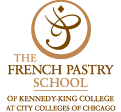
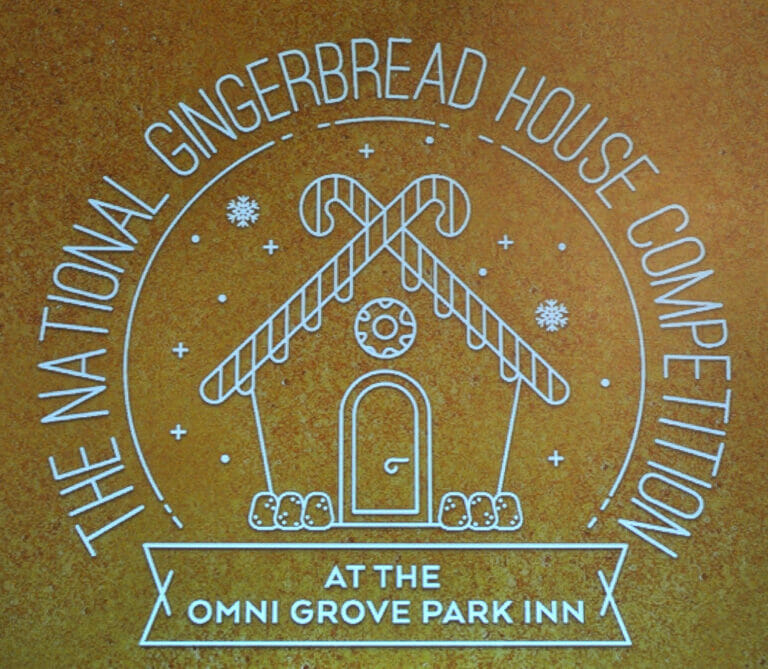
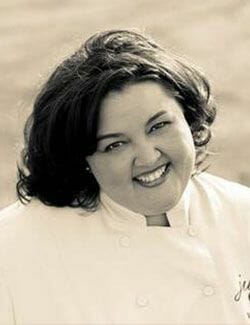

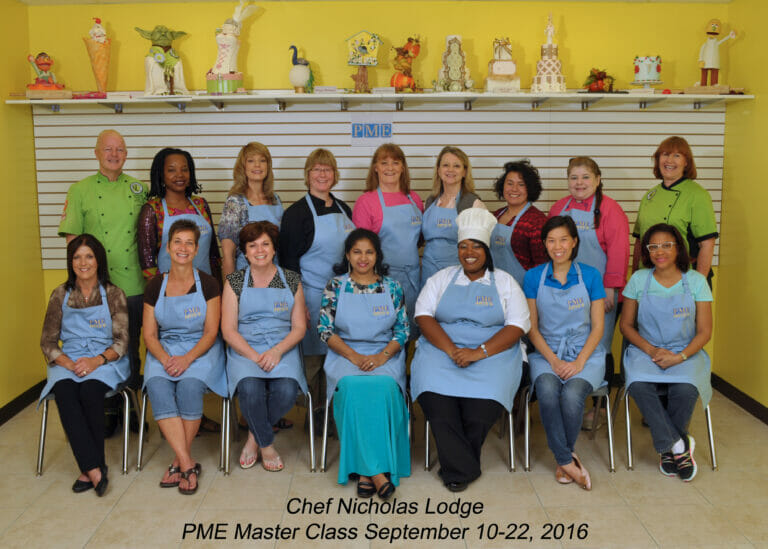
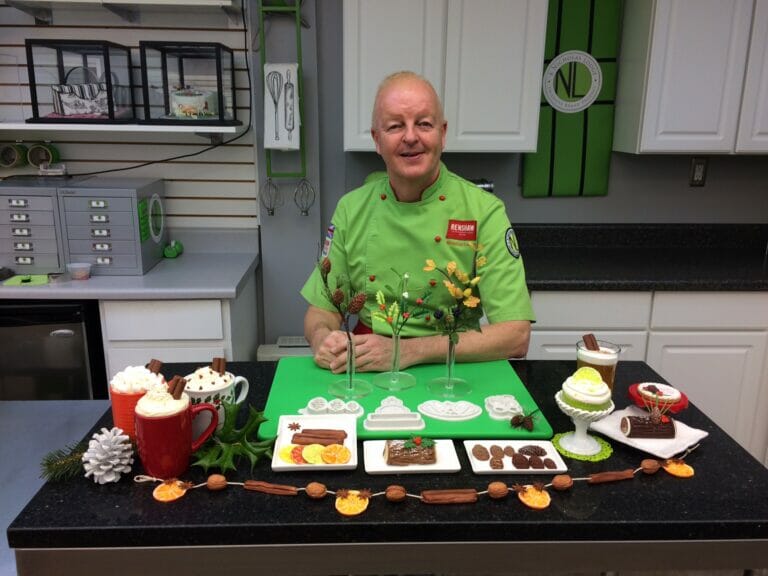
I love learning the history behind the Holiday cookie. It’s very interesting and informative and adds a new perspective on our favorite treats.
Thank you Sandy!
Is there anyway you could come to New England for classes? Please?
How do I subscribe to the blog?
Hi Donna! All you need to do is enter your email address! Look towards the top right of this page, along the black bar is a place to enter your email. Hope that helps, and please let me know if that doesn’t work- stephanie@nicholaslodge.com